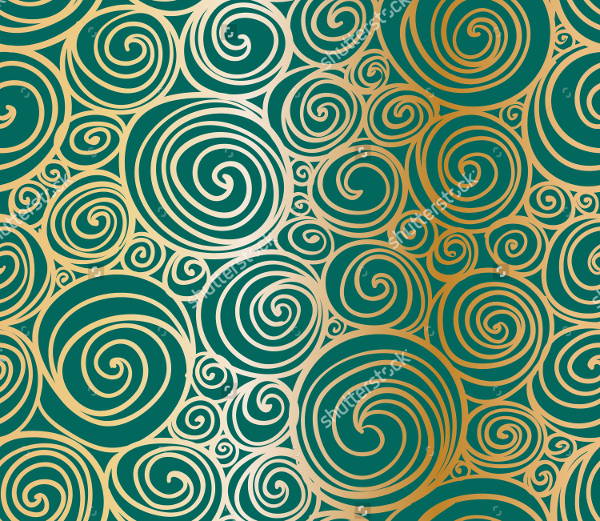

“The question becomes how much do we understand the processing of the lunar surface and the migration of fine-grained materials. However, some of these properties can also be explained by the differences in the fine-grained versus the courser-grained components of the lunar soils, not just by weathering differences. This is strong evidence that solar wind shielding plays a role in their formation. All of this is in comparison to the background surface. The dark albedo regions show spectral properties that are more mature than the bright areas. The light or bright albedo regions represent areas that are shielded by the associated magnetic anomalies, show spectral properties that are less mature, and a decreased abundance of implanted solar wind hydrogen, which forms OH.

The light and dark albedo patterns that define swirls appear intertwined. “For swirls, dust transport is the process most affected by elevation changes and we now re-examine the role of dust mobility across the lunar surface in the context of this new discovery,” Domingue said. These differences are apparent in the meter-scale-resolution topographical data. Two swirl regions in Mare Ingenii, a large, dark basaltic plain formed by ancient volcanic eruptions on the Moon’s far side, display a correlation between albedo and topography, where the bulk elevation in the bright regions is lower than the bulk elevation in the dark regions. This correlation argues that there is more than just shielding from space weathering that goes into their creation,” Domingue said. “Until now the swirls were thought to overlay the topography, which has been cited as part of the evidence that they are created through shielding of the surface from the solar wind by the magnetic fields present at swirls. PSI scientists John Weirich, Frank Chuang, Amanda Sickafoose and Eric Palmer are co-authors. Albedo is the measure of brightness or the proportion of light reflected from a surface, with a dark object having a low albedo. “This is the first time there has been a demonstrated correlation between the swirl albedo patterns and topography,” said PSI Senior Scientist Deborah Domingue, lead author of “ Topographic Correlations within Lunar Swirls in Mare Ingenii” that appears in Geophysical Research Letters. The images are from the Lunar Reconnaissance Orbiter Camera (LROC) extracted from the LROC quickmap ( ).īright and dark swirling patterns on the Moon’s surface have been linked to the topography of the swirls, says a new paper by a team of scientists from the Planetary Science Institute. The bright and dark swirl pattern is stark against the lunar mare terrain. This image shows the swirl region within Mare Ingenii, highlighting one of the study areas (inset).


 0 kommentar(er)
0 kommentar(er)
